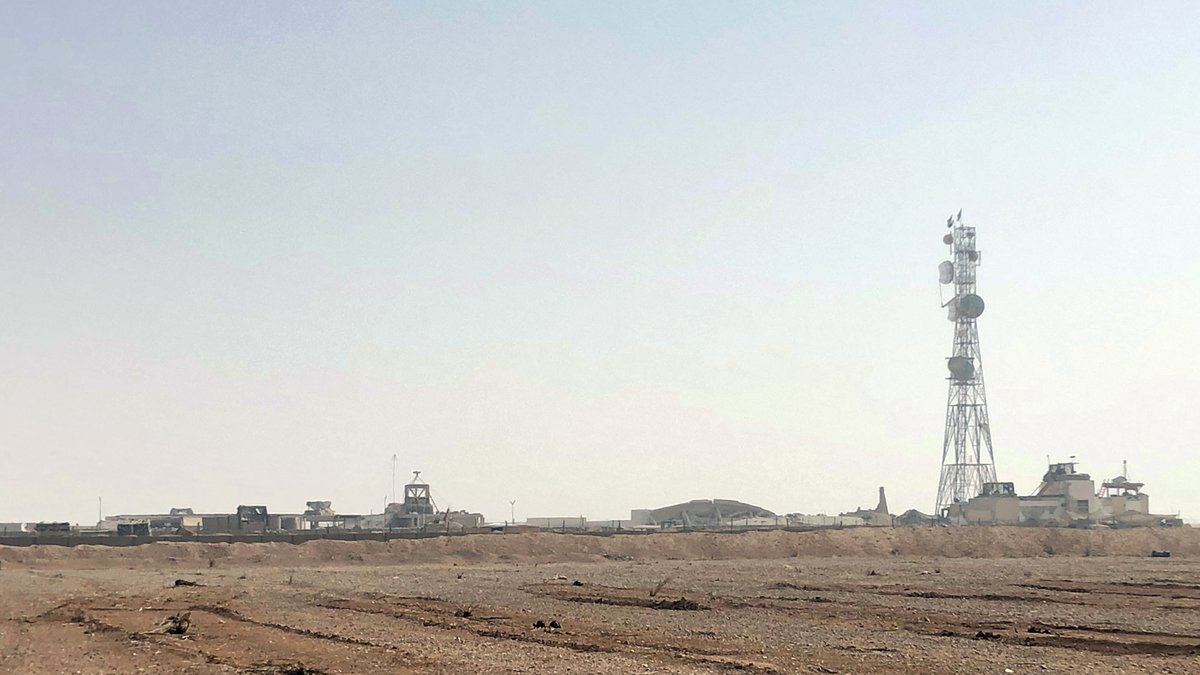The Wall
Street Journal reports with much evidence that Iran tightly controls the
militias in Syria and Iraq that are associated with it, and that it helped plan and
approve the Hamas attack on Israel October 7. The militias have already
assaulted US posts in Syria and Iraq more than a dozen times in little more
than a week. Whether they attack the posts again in the next few days depends
on whether Iran thinks that the benefits to it would exceed the expected cost
of an American response.
Whether militias do attack depends on whether Biden can convince Khamenei that he would indeed destroy the militias if they attack US posts again…and that Iran itself may pay a price in a bombing of one of its military centers, either in Iran or in one of its allies such as Syria. Khamenei, not the Iranian military, directly oversees the Revolutionary Guards, which in turn control the militias. And it is not clear that Khamenei cares much about the militias.
It helps that Central Command sent two F16s early Friday morning (Damascus time) to bomb an ammo and munitions depot near Al-Bukamal in northeastern Syria, on the Euphrates River in Deir Ez-Zour province. The terrorist Islamic State had its last Syrian urban fortification there, and Syrian Arab tribes hostile to the US are in the area. The depot has, or had, the sort of munitions used to attack al-Tanf, a US garrison in southeastern Syria that trains recruits for the Kurdish-led group, the Syrian Democratic Forces, that spearheads the American fight against the Islamic State. The bombing at Al-Bukamal was retaliation.
Israel will hold off its invasion until the US positions its pieces—the USS Eisenhower in the Gulf, the Terminal High Altitude Air Defense (THAAD), a sophisticated defense against ballistic missiles, and battalions of the older Patriot defense missiles at various sites. But might militias take advantage of this delay to attack US posts? Since everyone expects the militias to assault only after Israel invades, the militias might try to surprise the Americans with an advance attack. I hope that I'm overanalyzing.
In any event, the American retaliation has left the situation better than it was. A key militia, the Islamic Resistance in Iraq, which claimed responsibility for the al-Tanf attack, is crippled, and the others will take note. But as the Israeli invasion begins to launch, Khamenei may smell blood. This is his chance to seize leadership of the Shiite Middle East, and perhaps beyond: Iran has designs on Central Asia.
The Pentagon reports that at al-Tanf, drone attacks in the past week resulted in 15 traumatic brain injuries, and two other minor injuries. TBI is hard to diagnose: It initially shows up as headaches and ringing ears that troops may find easy to dismiss. I would guess that there are roughly 200 to 300 people at al-Tanf. So the annual risk of TBI at al-Tanf could be 5% to 7.5%. This strikes me as high. The Pentagon may underestimate the problem.
I suppose that TBI occurs partly because of disruption of dopamine, serotonin, or other hormones that aid concentration. Ritalin may be a good treatment. In any event, the political headache for Americans of Iranian drone assaults may just be beginning. –Leon Taylor, Baltimore tayloralmaty@gmail.com
References
Courtney Kube and Mosheh Gains. Drone attacks on U.S. bases in Iraq and Syria injured two dozen (nbcnews.com) . October 25, 2023.
Dan Lamothe. Biden urged to punish Iranian proxies after attacks on U.S. troops - The Washington Post . October 26, 2023.
Summer Said, Dov Lieber, and Benoit Faucon. Hamas Fighters Trained in Iran Before Oct. 7 Attacks - WSJ . October 25, 2023.










